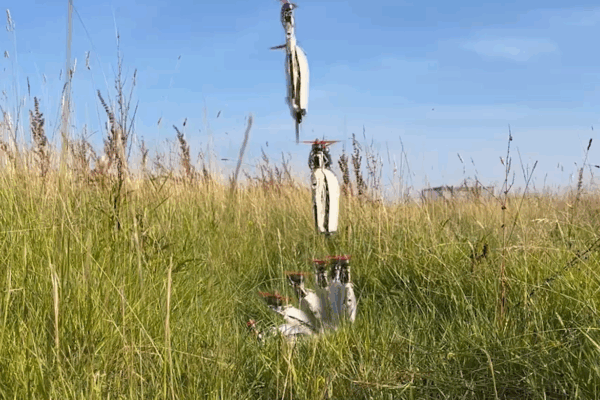
Design and Control of A Tilt-Rotor Tailsitter Aircraft with Pivoting VTOL Capability Content: In our newly accepted paper in IEEE Robotics and Automation Letters, we …

Design and Control of A Tilt-Rotor Tailsitter Aircraft with Pivoting VTOL Capability Content: In our newly accepted paper in IEEE Robotics and Automation Letters, we …
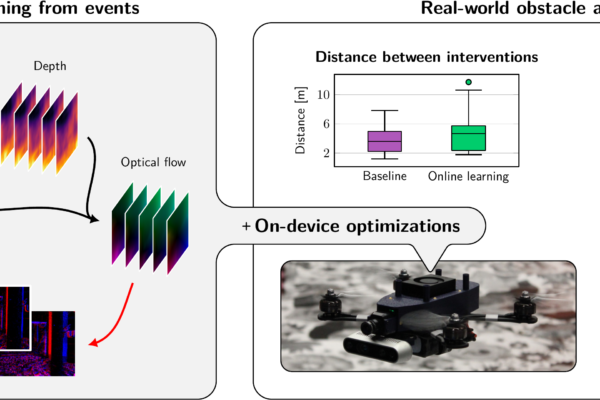
Our work on online, on-board learning of depth from events has been accepted at CVPR 2025. Event cameras provide low-latency perception for only milliwatts of …
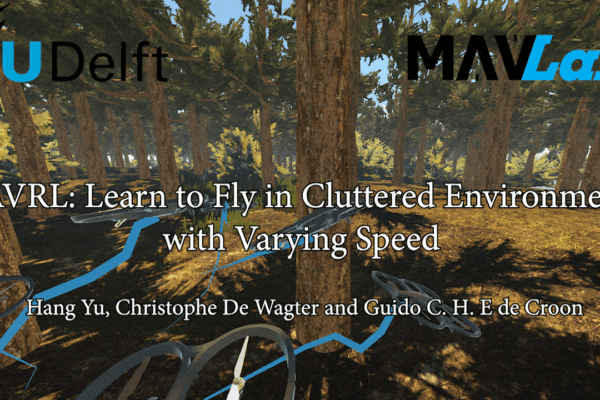
We introduce a novel obstacle avoidance pipeline named Memory-Augmented Varying-speed Reinforcement Learning (MAVRL). MAVRL utilizes depth maps, along with the drone and target’s states as …

Inspired by how ants visually recognize their environment and count their steps to navigate back home, MAVLab researchers have developed an insect-inspired navigation strategy for …
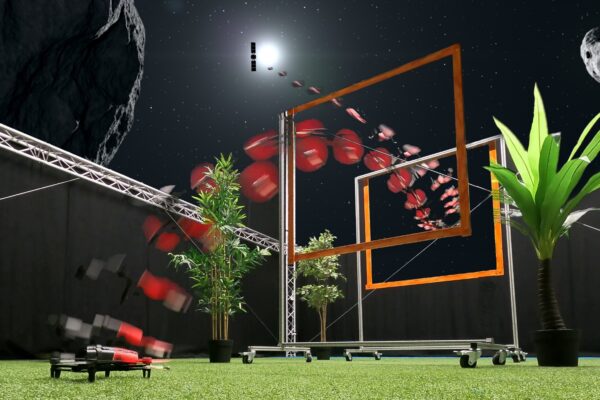
In collaboration with ESA’s Advanced Concepts Team, we published our work on end-to-end guidance and control networks in the June 2024 issue of Science Robotics. …

Our work on fully neuromorphic vision and control for autonomous drone flight has been published in the Science Robotics May 2024 issue. In this work, …
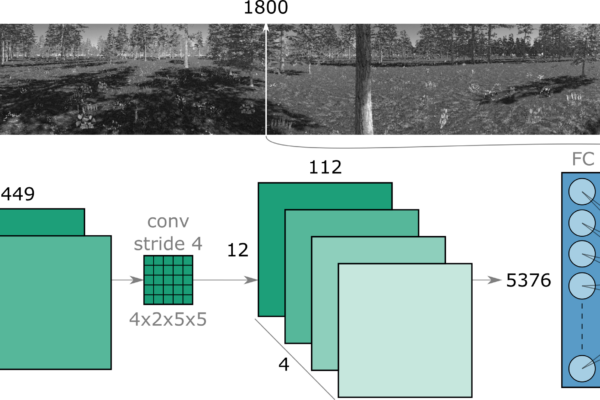
Abstract Insects have long been recognized for their ability to navigate and return home using visual cues from their nest’s environment. However, the precise mechanism …
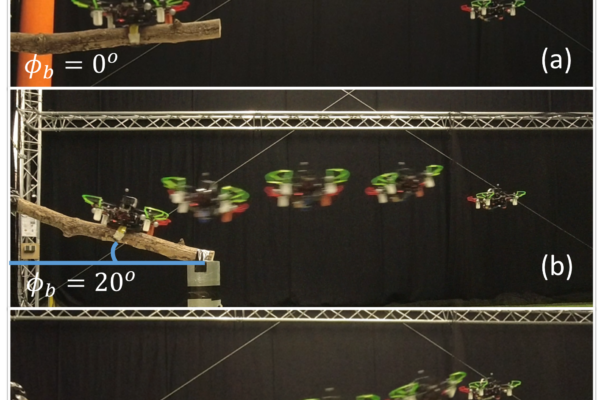
The work from PhD candidate Liming Zheng and Assistant Professor Salua Hamaza from the BioMorphic Intelligence Lab was published in the journal of IEEE Robotics and Automation …
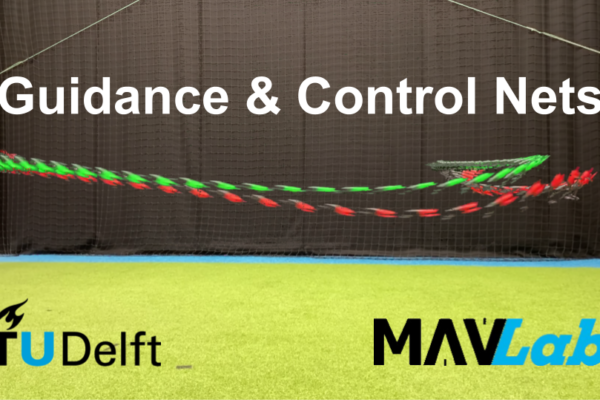
With an escalating demand for quadcopters in emergency response, inspection and delivery, the need for speed and energy efficiency is paramount. However, developing autonomous systems …